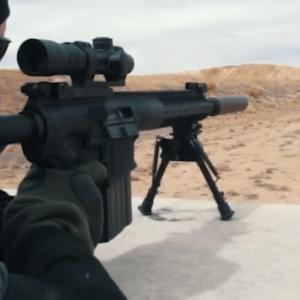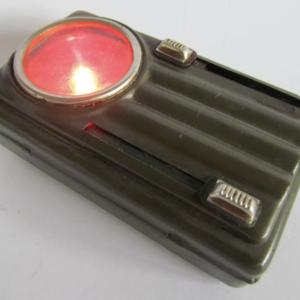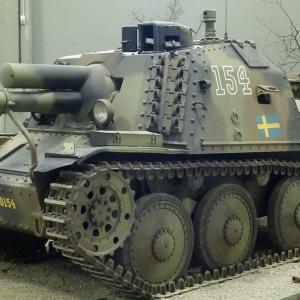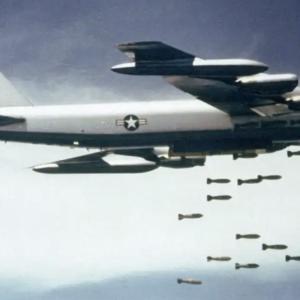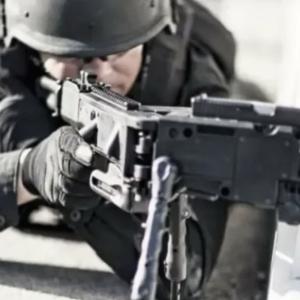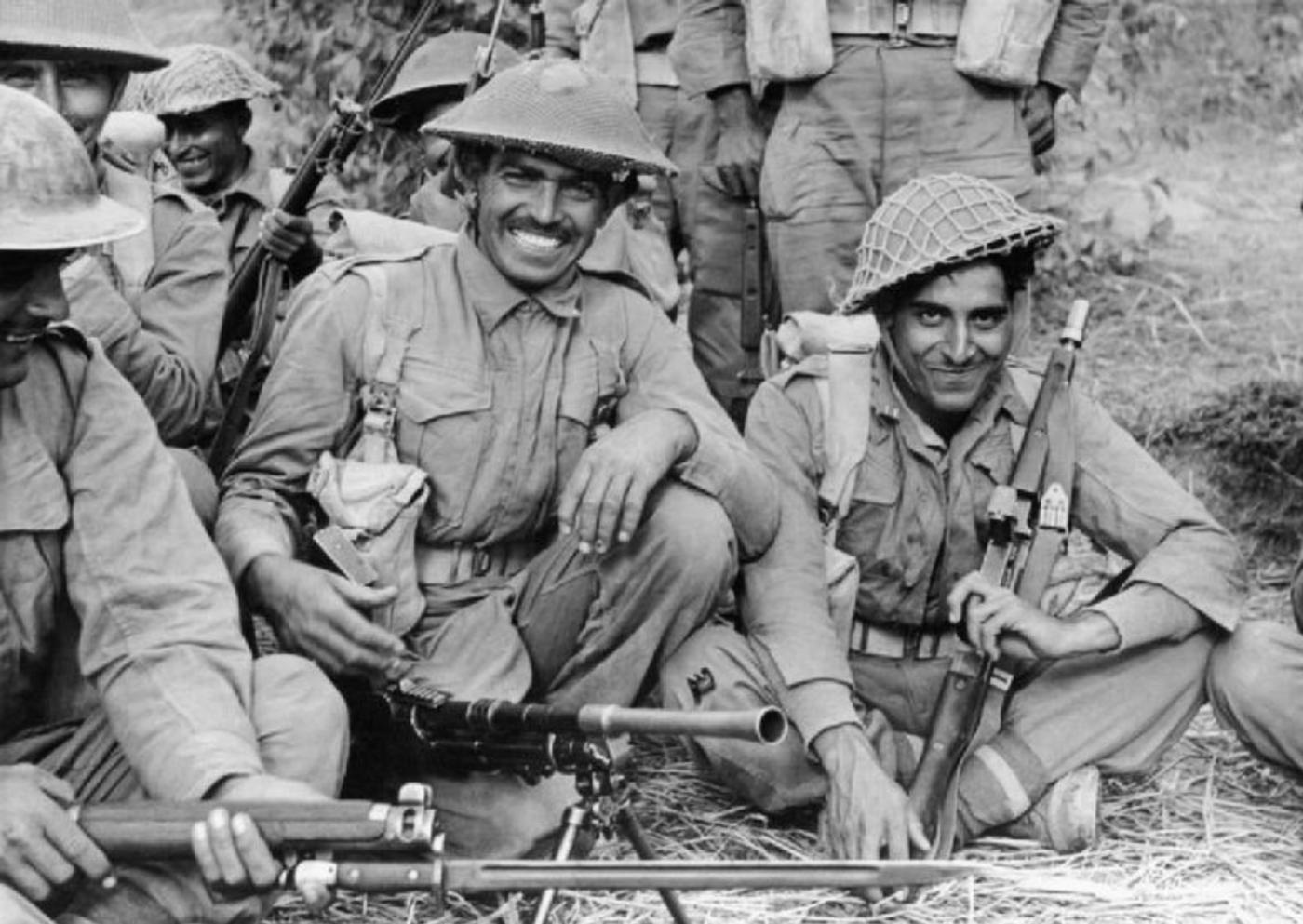
Indian Army WW2
At the onset of the Second World War in 1939, the British Indian Army was a relatively modest force, numbering around 200,000 men. However, as the global conflict intensified, India found itself drawn deeply into the war effort as a key part of the British Empire. By the war’s end in 1945, over 2.5 million Indian soldiers were in uniform—forming the largest volunteer force in history. These troops served with distinction across numerous theaters of war, playing a crucial role in the Allied victory.
Initially organized for internal security and frontier duties, the force underwent a massive transformation during the war. Training programs were expanded, new divisions raised, and logistics scaled up. Recruitment came from across British India, including Sikhs, Gurkhas, Rajputs, Jats, and Pathans, as well as many others from different communities. Despite communal and political tensions at home, the wartime force remained largely cohesive and professional.
Indian soldiers were deployed in nearly every major theater except the Western Front in Europe. In North Africa, they played a key role in early campaigns against Italian and German forces, fighting in battles such as El Alamein, where their endurance in harsh desert conditions earned admiration. In East Africa, they helped drive out Italian troops from Ethiopia. They also served in the Middle East—in Iraq, Syria, and Iran—securing vital oilfields and key Allied supply lines.
Perhaps their most grueling and strategically important contributions came in Southeast Asia. With Japan’s entry into the war in 1941 and the rapid fall of British territories, troops from India found themselves on the front lines in Burma and Malaya. The fall of Singapore in 1942 led to the capture of over 40,000 men, some of whom later joined the pro-Japanese Indian National Army under Subhas Chandra Bose. Meanwhile, others regrouped under British command and launched a determined counteroffensive in Burma. The battles of Imphal and Kohima in 1944 marked a major turning point. These were among the fiercest battles of the war and were crucial in halting the Japanese advance into Indian territory.
In Europe, Indian divisions served in the Italian Campaign, participating in brutal mountain warfare and fighting in key battles such as Monte Cassino. Their adaptability and courage in unfamiliar conditions highlighted their importance in the wider Allied strategy. Whether in the deserts of North Africa, the jungles of Burma, or the hills of Italy, they consistently demonstrated tactical skill and tenacity.
Support roles were equally vital. Indian engineers, medics, and logistics personnel helped maintain momentum on the front lines. Women contributed through the Women’s Auxiliary Corps and nursing services. Weapons and equipment were mostly British-made: Lee-Enfield rifles, Bren light machine guns, Vickers medium machine guns, 3.7-inch howitzers, and tanks like the Sherman and Valentine. Mortars, artillery, and anti-aircraft guns were also in widespread use. Maintaining supply lines across jungles, mountains, and deserts required ingenuity and determination.
By the war’s end, over 87,000 Indian soldiers had died, with tens of thousands wounded or captured. More than 4,000 were decorated for bravery, including 31 recipients of the Victoria Cross. The sheer scale of the force and its contribution altered global perceptions of India’s military capability. Despite fighting under colonial rule, many returned home with a new sense of identity and purpose, which would soon feed into the independence movement and the foundation of modern India’s armed forces.

